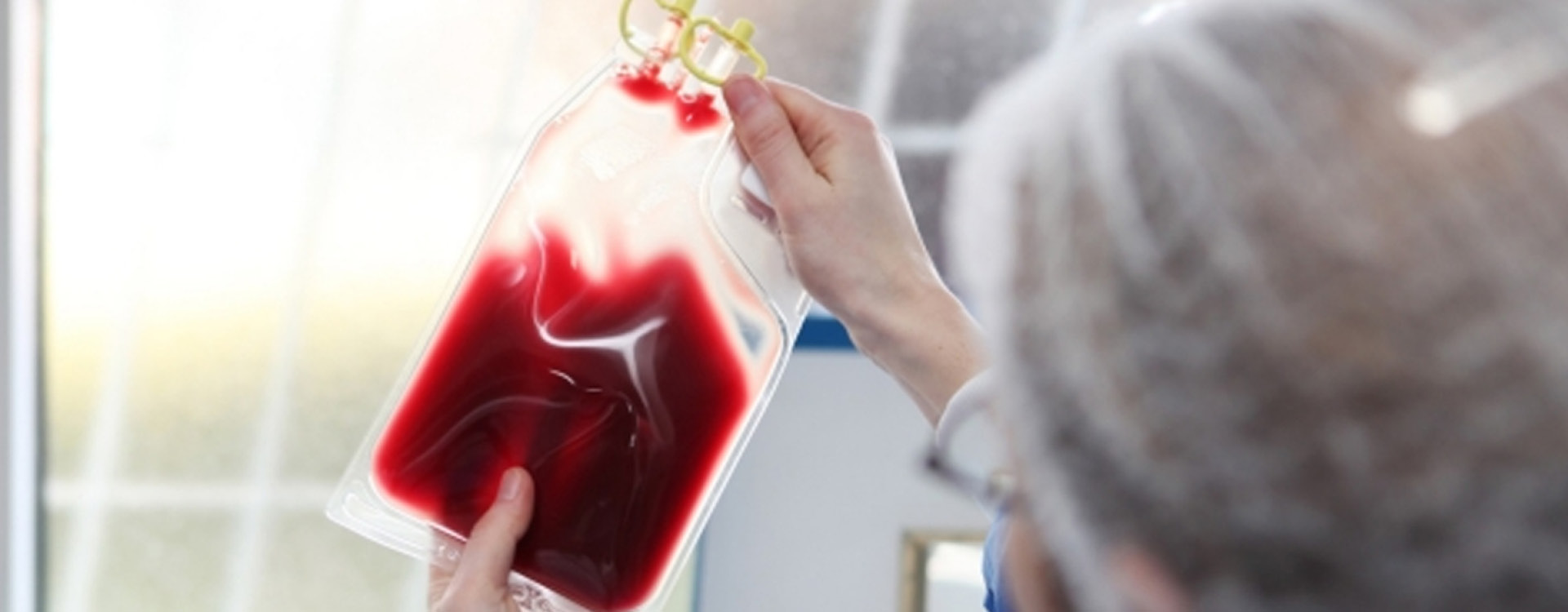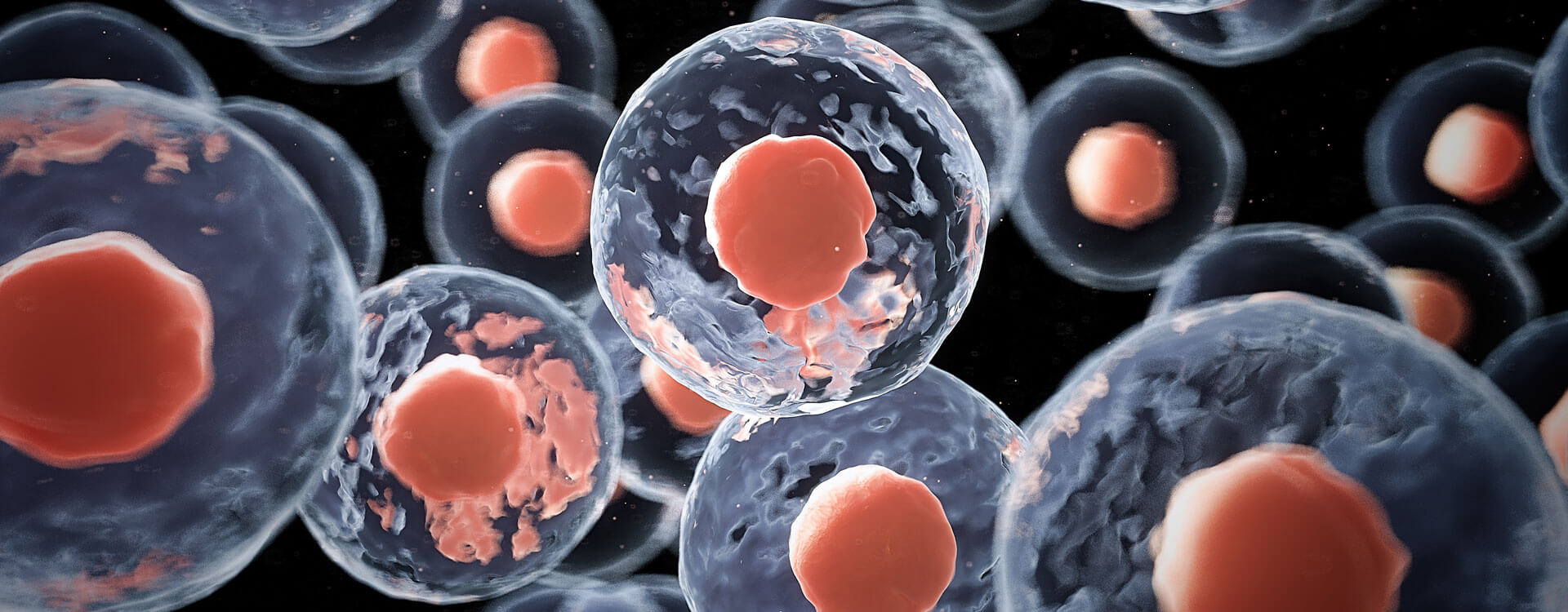Since 1980, the U.S. birth rate for twins has risen significantly in the U.S., particularly among women over the age of 30. Fertility-stimulating drugs and IVF play a role, but it’s also been shown that tall women (top 25%) and obese women (30+ BMI) are more likely to have twins [*]. Today, about 3% of births are twins.
Whether your twins (or multiples) are fraternal or identical, you can and should consider saving the cord blood and tissue from each child. Here’s why, and how it works.
Do Twins Share an Umbilical Cord?
Whether identical or fraternal, twins or multiples, each child in the womb will have its own umbilical cord. That means it is possible to collect distinct cord blood and tissue from each child.
Do Twins Share a Placenta?
Fraternal twins will always have their own placentas. For identical twins, it varies based on when the egg splits to form two or more embryos. Here are the types of twins and what they share in the womb:
Fraternal Twins
Dizygotic (non-identical) twins occur when two eggs are fertilized by different sperm. Each fetus will have a separate placenta, inner membrane (amnion) and outer membrane (chorion).
Identical Twins
Monozygotic (identical) twins occur when a single embryo splits in two. The three different types of identical twins are named for what they share in the womb:
- Dichorionic diamniotic (DCDA) twins each have their own placenta, inner and outer membrane, and account for about a third of identical twin births.
- Monochorionic diamniotic (MCDA) twins share the same placenta and outer membrane but have their own amnion. They account for about two-thirds of identical twin births.
- Monochorionic monoamniotic (MCMA) twins share everything — placenta, inner and outer membrane, and amnion — and are rare, accounting for only about 4% of twin births.
Can I Bank Cord Blood for Twins?
You can bank cord blood for twins in a private cord blood bank but not in a public bank. Public banks do not accept donations from twins.
Will There Be Enough Cord Blood With Twins?
Twins tend to be smaller than singleton babies so there is a little less blood in the cord and placenta. While the volume of cord blood available to collect will be about 10% less per twin than with singleton babies, one study has shown that cord blood units from multiple births had nearly 4 times more TNCs (total nucleated cells) and nearly 8 times more CD34+ cells than the minimums required for storage. So twin cord blood is especially potent with healing potential.
Why Bank Cord Blood for Twins
There are compelling reasons to save cord blood whether your twins are identical or fraternal.
Fraternal Twins
Cord blood and tissue from fraternal twins offers the same benefits of any other sibling for allogeneic stem cell transplants. There’s about a 75% chance of a suitable match among siblings when the donor and patient are siblings, and the source of the stem cells are from cord blood. Determining a suitable match depends to a large extent on the matching grade required by the transplant center [*].
The probability of finding an HLA-identical sibling donor also depends on the number of siblings: While the likelihood of a perfect match is 25% for patients with one sibling, it goes up to 44% for those with two siblings, 58% for those with three, 68% for those with four, and up to 90% for patients with eight siblings [*].
Allogeneic transplants are required when the patient’s disease has a genetic basis, such as sickle cell disease, cystic fibrosis, immune deficiency syndromes, bone marrow failure, lymphoma, and genetic metabolism disorders. For genetic diseases, the donor’s own stem cells cannot be used to treat the donor because the genetic mutations that cause these disorders are present in the donor baby's cord blood.
Cord blood stem cells have been used in more than 40,000 transplants for a variety of malignant and non-malignant disorders since the first such transplant in 1989, with outcomes comparable to, or better than, bone marrow [*].
Identical Twins
Identical twins have the same DNA, but in scenarios where only one twin develops a disease from a genetic mutation later in life, the other twin’s cord blood could be used for stem cell transplant. And scientists are finding that the environment and other factors can contribute to making twins’ DNA less identical as they age, in part explaining why one twin may get a disease that the other does not [*].
A 2005 study compared stem cell transplants from identical twins vs. HLA-identical siblings for myelodysplastic syndromes (a group of disorders caused by blood cells that are poorly formed or don't work properly) and found better overall survival rates among donor-patient twins [*].
What About Cord Tissue?
Cord blood and cord tissue yield two vastly different types of stem cells. Cord blood stem cells are called Hematopoietic Stem Cells (HSCs). These are the cells most commonly used in transplants to treat blood and immune system disorders.
The stem cells derived from cord tissue are called Mesenchymal stem cells (MSCs). These cells can differentiate into cell types found in the nervous system, sensory organs, circulatory tissues, skin, bone, cartilage, and more. MSCs have also shown an ability to inhibit inflammation following tissue damage and secrete growth factors that aid in tissue repair. There are more than 1,600 clinical trials initiated to explore new therapies harnessing the power of MSCs for connective tissue disorders and regenerative medicine.
Some stem cell transplant therapies use stem cells from both cord blood and cord tissue, since MSCs may help prevent the patient from rejecting the donor cord blood stem cells.
Saving both cord blood and cord tissue for your twins will provide your family with the widest scope of treatment options.
Is There a Discount for Twins?
MiracleCord does offer savings to returning clients as well as those having multiple births. We also offer reasonable fees to add cord tissue to your cord blood storage plan. Please contact us at 888.743.2673 to discuss your needs and learn more.
Why MiracleCord
If you’re having twins or multiples, stem cell count for each child is particularly important. MiracleCord offers the industry’s best value in cord blood and tissue banking as well as improved stem cell count.
We offer state-of-the-art AXP II® processing technology, a proprietary StemCare® Collection Kit, and a processing time that is faster than most other cord blood banks — all of which combine to increase the yield of stem cells captured.
We keep our pricing competitive by investing in advanced technologies instead of offering incentives to medical professionals to recommend us. We rely on word-of-mouth and our great reviews.
The Takeaway
If you’re having twins or multiples, fraternal or identical, it’s a great idea to bank the cord blood and tissue for each one to provide the widest safety net for your family. We realize how expensive that can be at a time when you’re investing in two (or more) of everything else.
Please contact us at 888.743.2673 to learn more about how we can help make cord banking affordable for you and maximize your investment in this precious resource.
DISCLAIMER: THE INFORMATION ON THIS WEBSITE IS NOT INTENDED TO BE USED AS MEDICAL ADVICE.The materials and information contained on the MiracleCord website is provided for educational and informational purposes only, and is not intended to, and does not constitute, medical or other health advice or diagnosis, and should not be used as such. You should not use this information to diagnose or treat a health problem or disease. If you are seeking personal medical advice, you should consult with a licensed physician. Always consult with a qualified health care provider regarding a medical condition.




